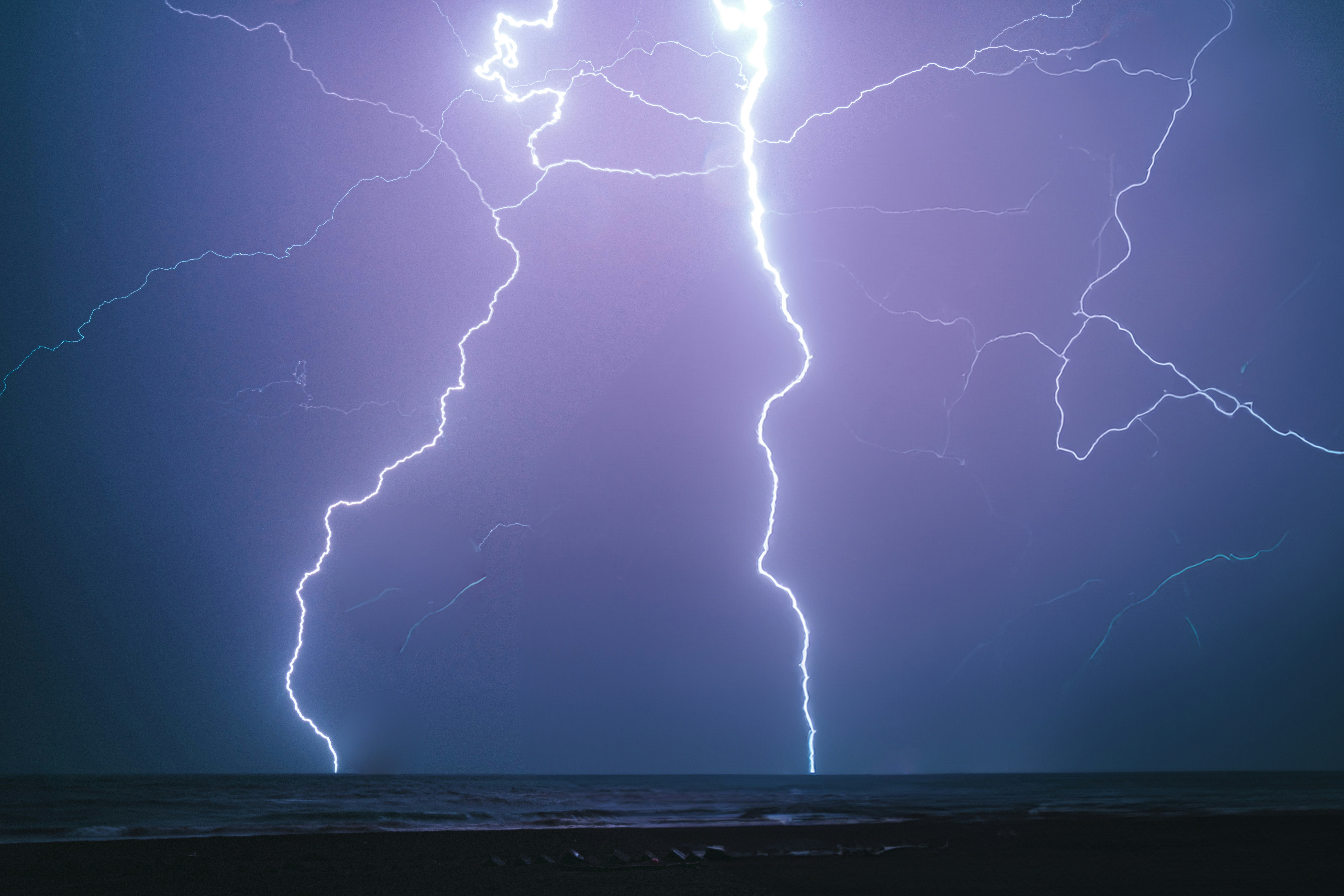
Ensuring Safety in Photovoltaic Systems
DC arc detection is a critical safety feature in direct current (DC) electrical systems, particularly in photovoltaic (PV) systems, where high voltages can lead to dangerous arc faults. An arc fault occurs when an electrical current jumps across a gap between conductive surfaces, producing intense heat and light that can ignite fires or damage equipment.
The Importance of DC Arc Detection
How DC Arc Detection Works
Dangers of DC Current and Arcs
Introduction
DC arc detection is a critical safety feature in direct current (DC) electrical systems, especially in photovoltaic (PV) systems where high voltages can lead to dangerous arc faults. An arc fault occurs when electrical current jumps across a gap between conductive surfaces, producing intense heat and light that can ignite fires or damage equipment. Effective DC arc detection is vital for preventing fires, protecting equipment, and ensuring the safety and reliability of modern energy systems.
Frequently Asked Questions
What is the difference between an AC arc and a DC arc?
DC arcs are more dangerous because they are sustained. Unlike AC arcs, which self-extinguish when the voltage crosses zero, DC arcs persist, generating continuous high heat that can melt materials and ignite fires.
What are the consequences of not having DC arc detection?
The absence of DC arc detection can lead to severe consequences, including fires, equipment damage, and safety hazards for personnel. Over 250 fires in Australia were linked to DC arc faults in PV systems.
How are DC arcs detected?
DC arc detection systems use various methods, including frequency analysis to detect arc noise, AI to recognize arc patterns, and time-frequency analysis to identify transient signals. Once an arc is detected, the system interrupts the circuit.
What is UL 1699B?
UL 1699B is a safety standard that sets the requirements for DC arc-fault circuit protection in PV systems. It mandates detection time, annunciation, self-testing, and other features to ensure the safety and reliability of solar installations.